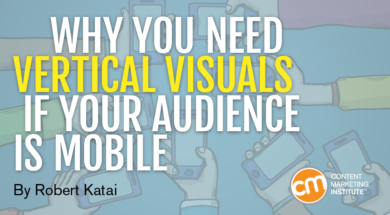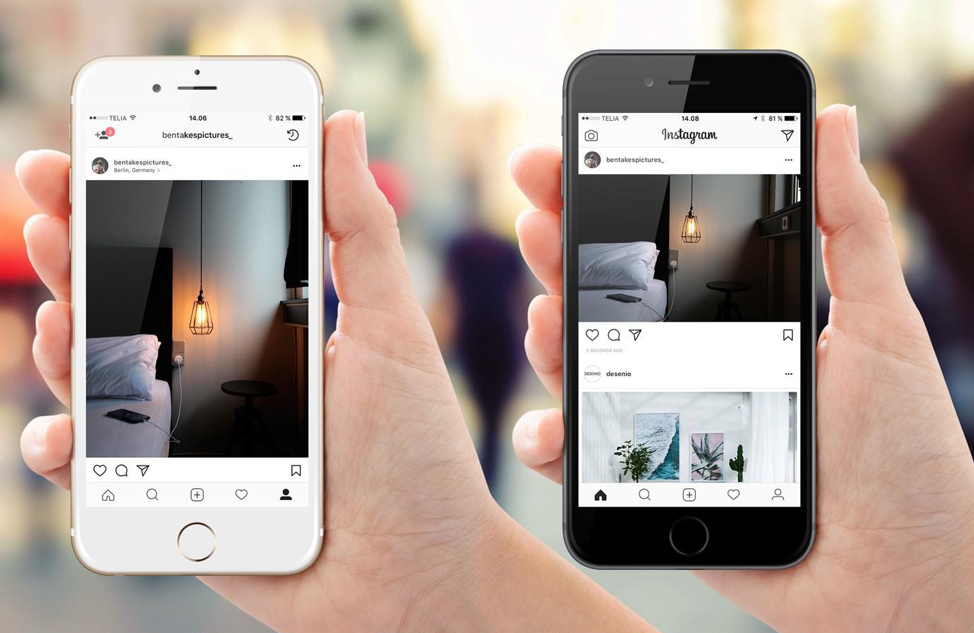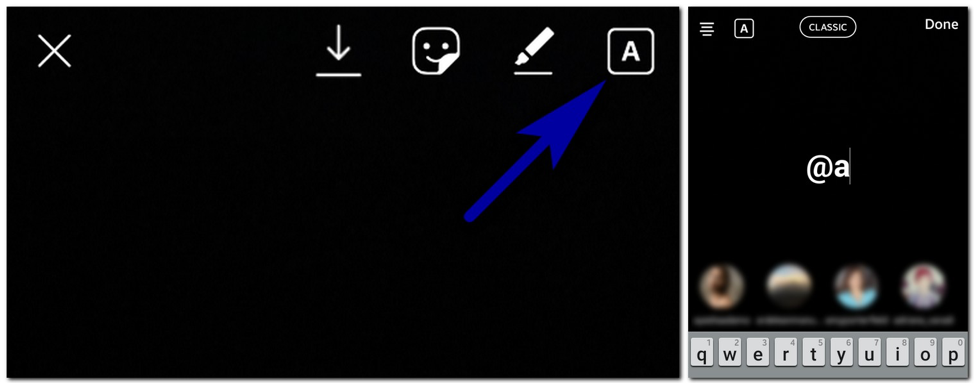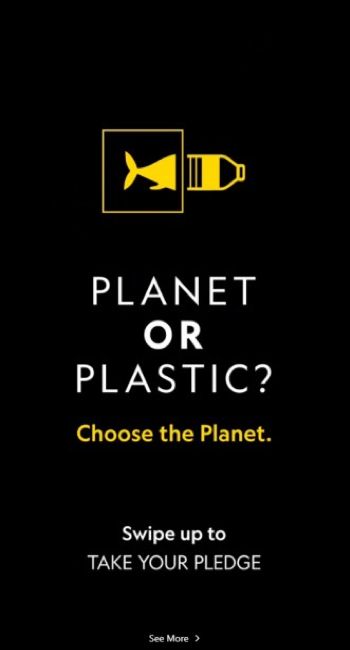 A decade ago, nobody mentioned vertical content. Then again, back then smartphones were something new.
A decade ago, nobody mentioned vertical content. Then again, back then smartphones were something new.
Today, smartphones are ubiquitous and vertical content is a must-have. The two are inseparable. One cannot mention vertical content without using the term “mobile” in the same sentence.
Why vertical
Before getting too far into the topic, vertical content is content that can be easily read on a rectangular, elongated device such as a smartphone or tablet.
According to Mary Meeker’s global trend study published by KPCB, Americans spend 29% of their free time watching video content vertically.
Americans spend 29% of free time watching #video content vertically, @kpcb #research. Click To Tweet
Most people find it natural to hold their phones in a vertical position. While they sometimes need to turn them sideways to watch a feature movie or play games, upright is the default.
As a consequence, you need to think mobile to be a successful marketer and adapt to the behavior of at least half of your potential audience.

How vertical content began
Remember the days when Pinterest launched? March 2010 were the first days of vertical content as a concept.
If we look to today’s online context, vertical content really went mainstream with Snapchat Stories, a feature later copied by Instagram. Stories allowed users to consume mobile social content in a natural way.
Snapchat also introduced the first vertical advertising concept, “3V – Vertical Video Views,” a concept later embraced by Instagram for its advertising services and, a few months ago, its IGTV platform.
How vertical content differs
Observe the following image for a a few seconds:

You may have noticed two kinds of content are featured. The one on the left shows how vertical content looks on a mobile device. The screen on the right shows how traditional content looks on a mobile device.
As you can see, the right screen shares the screen with another user’s post. As a consequence, the primary image may not receive the viewer’s full attention like the image on the left screen could.
Now, how do you incorporate vertical content into your strategy to ensure that you create a better experience for your audience and your brand?
While there is no single answer, let’s go through three of the most valuable types that can help you achieve your goals.
1. Infographics
Infographics may be considered the oldest type of vertical visual content. Originally, they were not created for mobile users, but they are the perfect format for vertical content.
To successfully incorporate this type of vertical content, you need to consider a few things:
- Make sure your infographics are branded. You want your audience to associate the valuable information with your brand or business.
- Use infographics for storytelling.
- Make sure all the data in your infographics is useful to your audience. Valuable content is the key to any successful marketing program.
- When making a website or a blog from scratch, build a visual-rich content calendar from the get-go. This saves you an inordinate amount of time having to go back and retroactively add infographics to your posts.
- Make it easy for people to share your content. Publish the infographics along with embed codes or sharing buttons.
Take a look at this case study for Seiko. According to Mojo Media Labs, Seiko increased its marketing-qualified leads by 945% through this simple yet informative infographic.
Seiko increased MQLs by 945% with simple vertical infographic, according to @MojoMediaLabs. @katairobi Click To Tweet

2. Stories
Another great vertical content choice is to publish stories on Snapchat and Instagram. The latter likely will be more effective given that it has 400 million users who read and publish stories. Instagram Stories are exclusively vertical.
To use stories successfully, remember to:
- Use stickers. It may not be enough to capture the best set of photos or an inspirational video. Stickers allow you to customize one or more slides with information that your audience may find valuable or entertaining. Stickers also can add to the overall design or the attractiveness of the story.
- Customize the stickers. Change the size of a sticker to custom fit your story. Add a location, hashtag or poll sticker to better connect with your target audience. And don’t forget to explore your sticker options as new stickers are added over time.
- Allow people to share your stories. Go to “Story Setting” on your Instagram profiles and toggle “allow sharing” to allow your followers to broaden the reach of your story.
- Use the “mention” option to get the attention of an influencer. The option is available on the main screen. Just tap the “square A” icon and write down the name of the account you want to mention.

A lot of brands are using Instagram Stories. In fact, the top three based on number of fans and stories are from three popular brands – National Geographic, Nike, and Victoria’s Secret.

HANDPICKED RELATED CONTENT:
3. Videos and livestreaming
While YouTube is still top among internet users from all around the world, it lacks the ability to deliver vertical content.
YouTube lacks the ability to deliver vertical #content, says @katairobi. Click To Tweet
To create mobile-ready content, you need to shoot and publish vertical content. Facebook and Instagram favor this type of content, particularly after the launch of IGTV, which is only suitable for vertical videos. Snapchat is also a good platform for video, with over 10 billion clips watched each day.
Here are some useful tips regarding video content:
- Tell a story and focus on it instead of your product or service.
- Take special care of the first 10 seconds of the video. They can make the difference and convince the viewer to watch further or abandon the content. One in five viewers will move on if the first 10 seconds doesn’t motivate them to continue watching.
- Invest in original content. Tailor your content to entertain and/or inform your followers or other target audience.
- Be creative. Facebook offers its guide on how to get creative with vertical video. As Digital Daily News reports, 65% of respondents in a recent survey say vertical video is “more innovative.”
In this example, Bacardi goes vertical with a video from Diplo of Major Lazer explaining a user-generated content contest in which the winner will have a video (presumably a vertical video) produced by Bacardi.
Conclusion
Going vertical with your video addresses a necessary step in all good content – it makes the content readable. Considering that at least half of people access brand-provided content via smartphone or tablet, successful marketers will quickly adapt to the vertical video environment.
What other types of vertical content are you using? To what success?
Stay on top of the trending topics in content marketing to make your content marketing even more successful. Sign up today for the free CMI weekday newsletter.
Cover image by Joseph Kalinowski/Content Marketing Institute